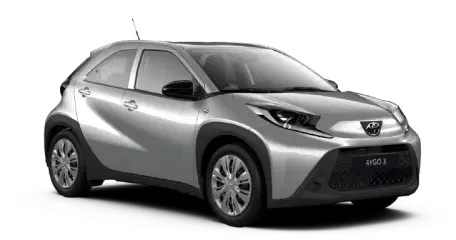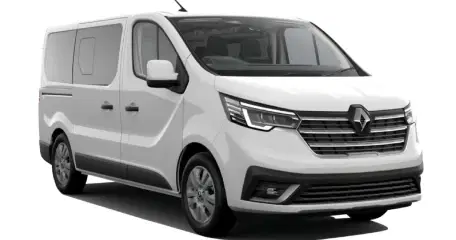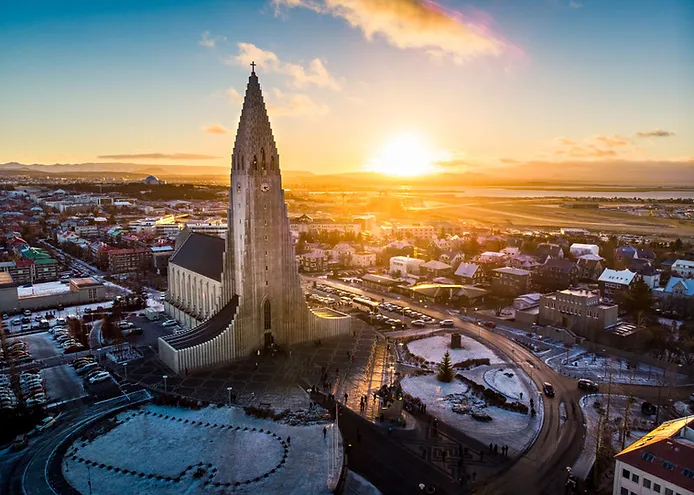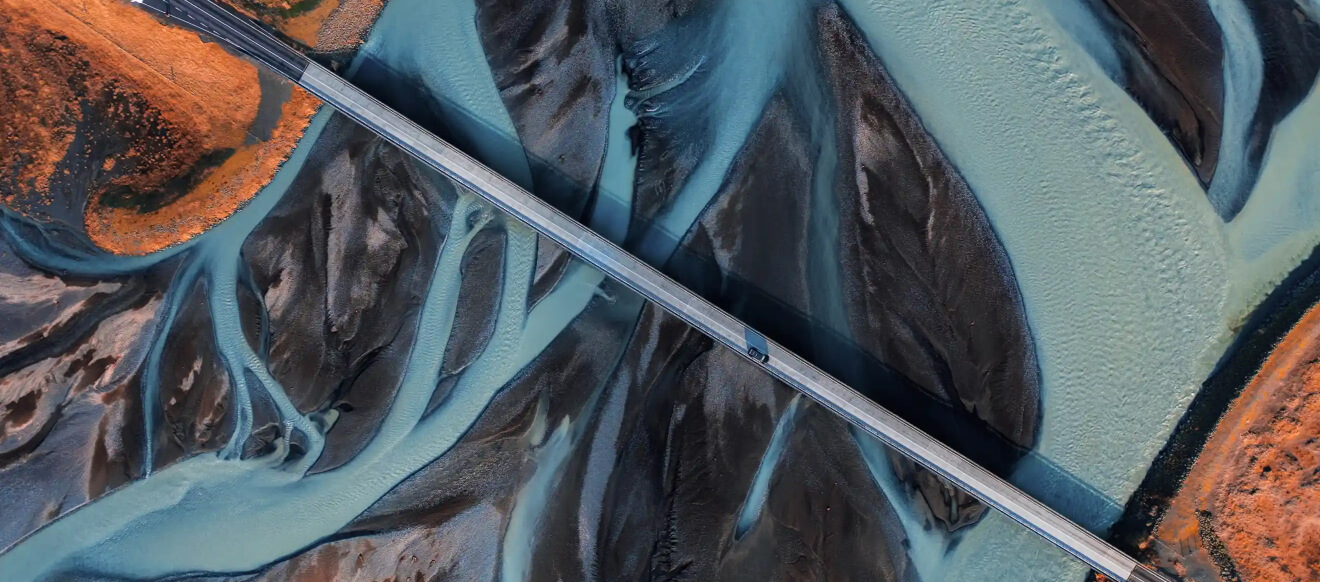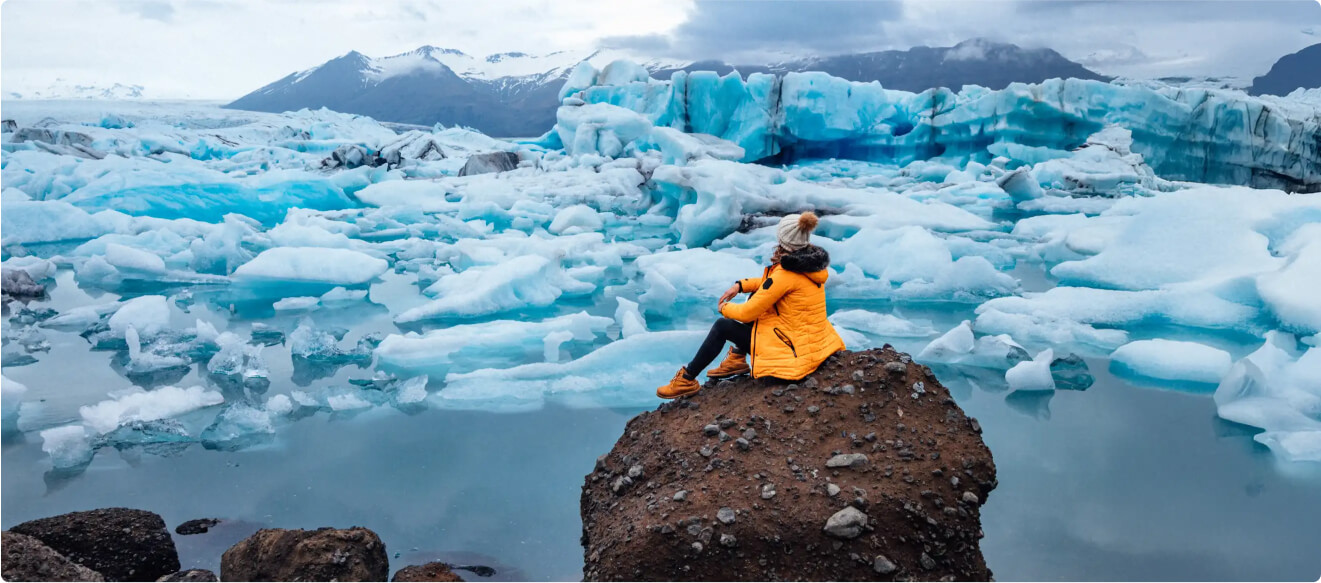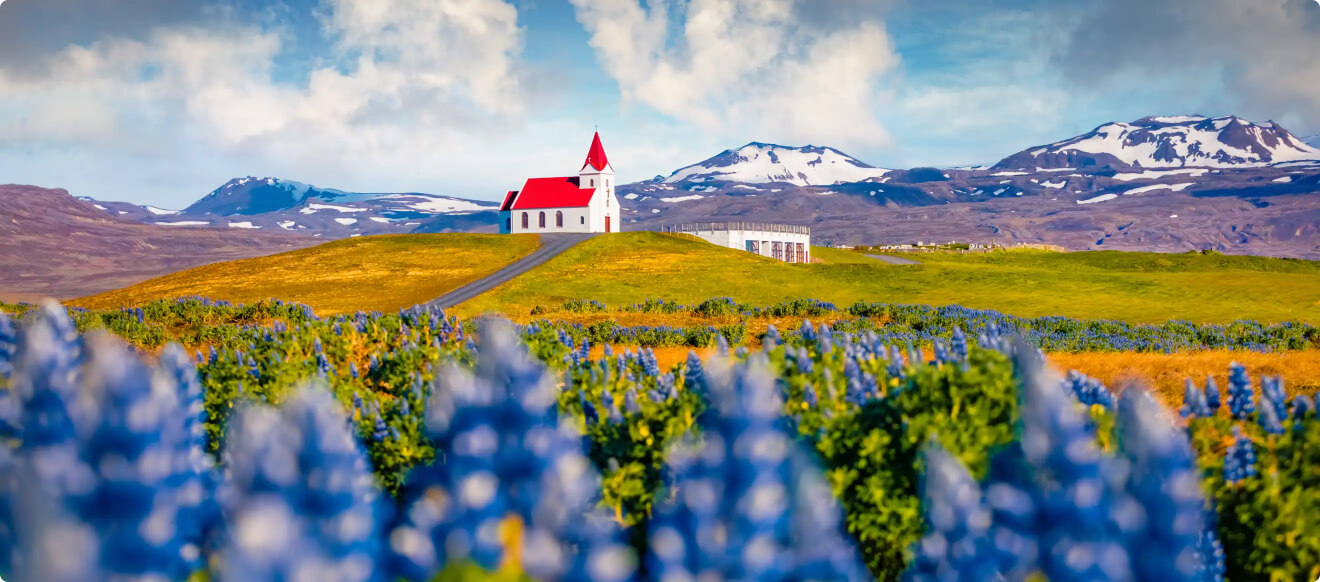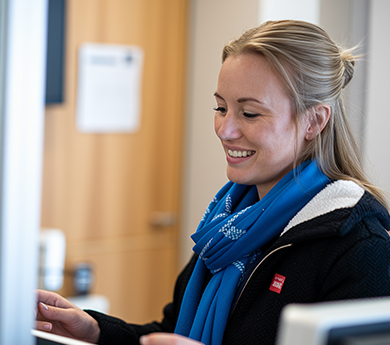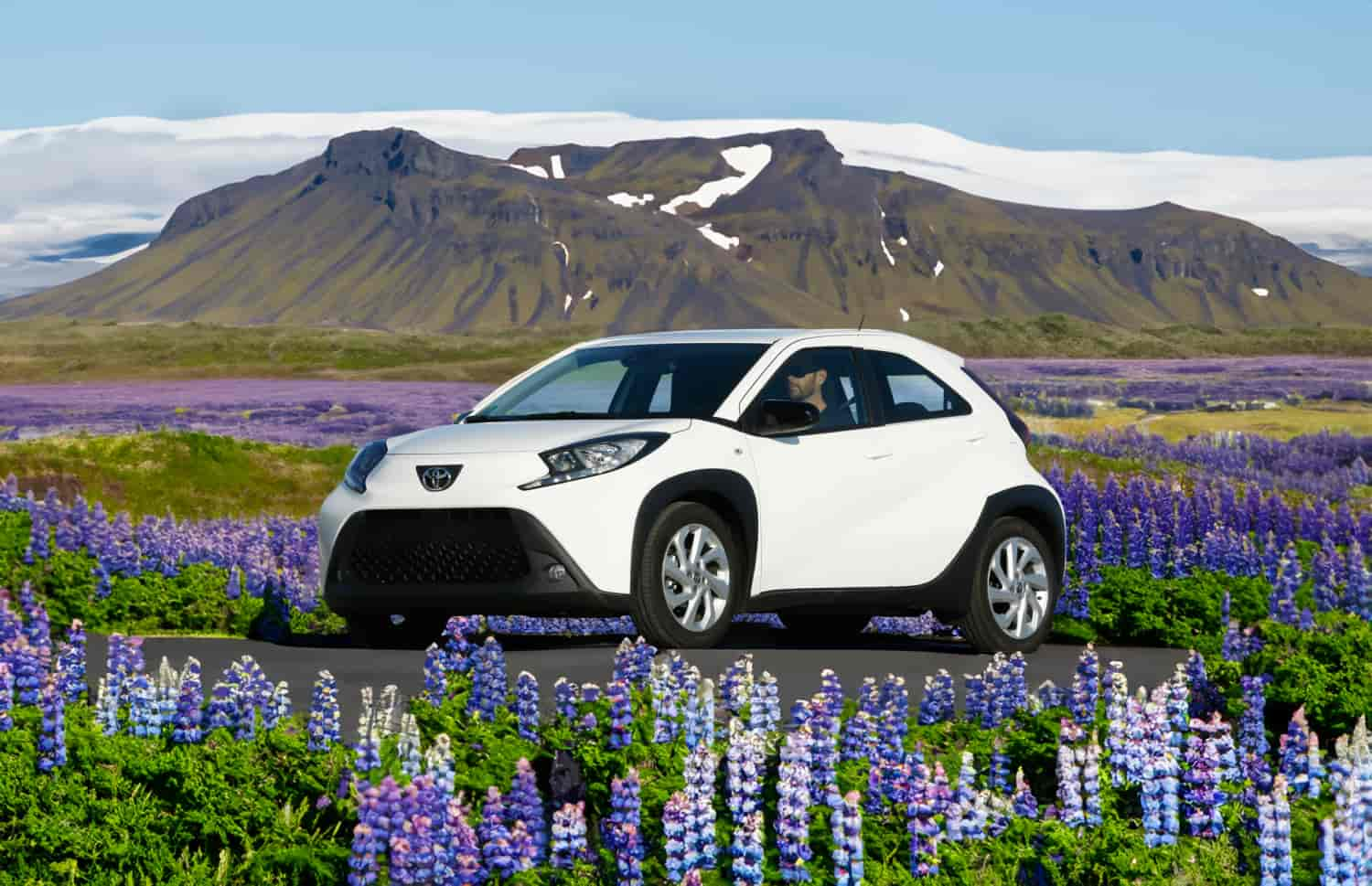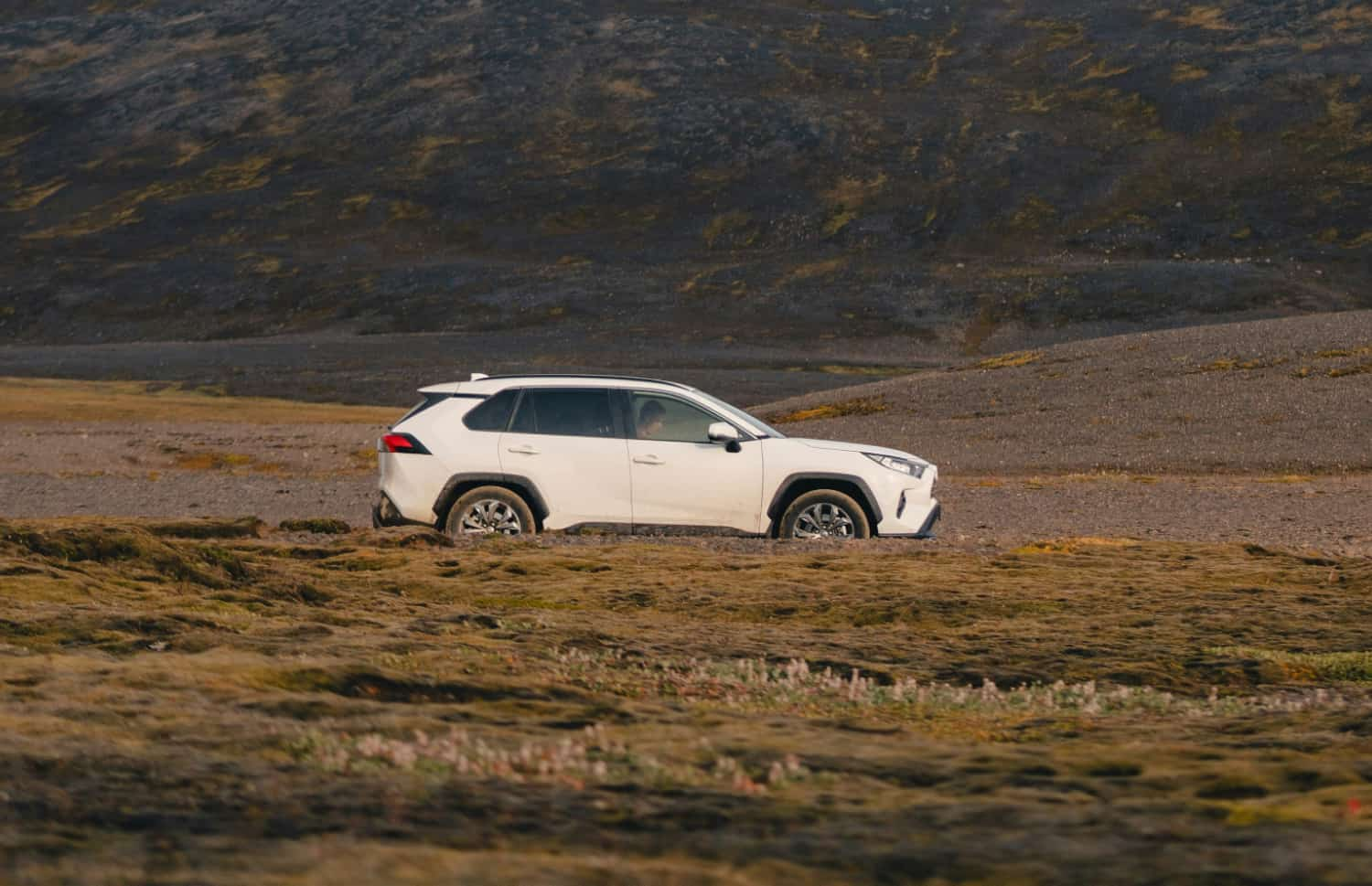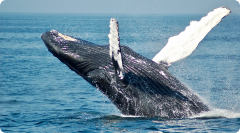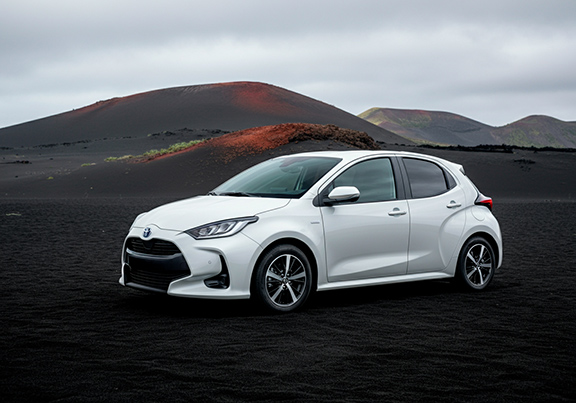For your visit to Iceland, unless you come by ship, you’ll fly into the country’s main international airport, Keflavík. This is next to the small town of Keflavík, in the Reykjanes Peninsula in south-west Iceland. From here, you can either pick up your Reykjavik car rental at the airport or jump on a coach. Where will this coach take you, on its 45-minute journey? To the capital, of course.
What is the Capital of Iceland?
After some big volcanic eruptions and football victories, most people in the world now know where Iceland is. At least, they know it exists. And when asked what the capital of Iceland is, many know the answer: Reykjavík. But how did this city become Iceland’s capital?
It is believed that Reykjavík was the first permanent settlement established by Norse migrants. The man responsible is said to be Ingólfr Arnarson, around 874 AD. There are stories of why he chose this site, but it’s possible it was for the hot springs.
Iceland was under Danish rule for many centuries, and Reykjavík grew as a trading post, for wool among other resources. The site was granted municipal powers in 1786, and so 1786 is considered to be the city’s founding year. Iceland became a sovereign country under the Danish Crown in 1918, and achieved full independence in 1944.
Reykjavík’s population stands at about 139,849 in 2024 and the Capital Region—which includes Reykjavík and six municipalities—contains 217,000. And so, the capital city alone contains about a third of Iceland’s population, with the Capital Region containing approximately two-thirds.
Iceland’s capital city, then, is the central hub for employment, education, trade, and tourism in the country. It's also the place where you have the highest chances of meeting expats living in Iceland. If you're also thinking about moving to Reykjavík, don't miss our guide to buying a house in Iceland.
How to pronounce Reykjavík
Reykjavík (pronounced Rake-Ya-Veek) translates approximately to “Smoky Bay”. It refers to the steam rising from the naturally heated springs that would have been present throughout the area. This steam would have been very apparent to the first settlers, with no buildings or infrastructure to block the view.
Iceland is truly a geothermal paradise, with several active volcanoes across the country, such as Hekla or Eyjafjallajökull volcano. This underground activity creates naturally occurring hot water that is heavily utilized to heat most homes and keep roads and pavements in Reykjavík clear. The geothermal water is also used to heat the city’s seven public swimming pools (known as Sundlaugar).
What to Do in Reykjavik
The capital of Iceland is more than just a base from to explore the rest of the country. The city itself has much to offer, with activities to suit everyone, though spending two days in Reykjavík is enough to see all the main highlights. Here are some of the best things to do in the biggest city in Iceland:
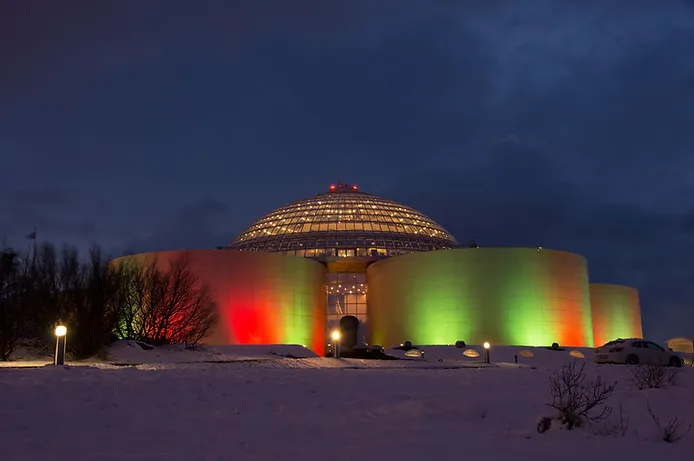
Museums
The Icelanders have done a great job at showcasing both their natural and human history in their museums. To learn about Iceland’s formation and current geology, visit Perlan (translation: The Pearl). This building is hard to miss; it’s the giant, shiny dome that sits atop Öskjuhlíð Hill. The dome rests on six hot water tanks and contains an observation deck to view the entire city. A recently added planetarium makes Perlan an even more spectacular place to visit. With interactive exhibits, this is a great place to take the whole family to.
The National Museum of Iceland, located next to the city’s public university, takes you on a journey through Icelandic culture. With fixed permanent exhibitions and temporary specific themes, you’ll gain an insight into the nation’s development. The other part of the museum, the Culture House, is located a short walk away. Paying to enter one grants entry to the other within a certain time period.
If you’re looking for an especially unique museum experience, visit the Icelandic Phallological Museum. The museum contains more than 215 penises and penile parts belonging to Iceland’s land and sea mammals. It opened in 1997 and has been, well, growing ever since. The building is conveniently located in the city center and is a very popular site for tourists.
Two other museums worth a particular mention are the Northern Lights Center, also known as Aurora Reykjavík, and Whales of Iceland. The former teaches you about the formation of the lights and the mythology surrounding them. The latter features 23 man-made life-size models of whales, all of which have been seen around Iceland at some point. A visit to these museums makes a great companion to (hopefully) seeing the real things while you’re in the country.
Impressive Buildings
The Harpa Concert Hall and Conference Centre is well worth a visit to just admire its architecture. You may have seen pictures; the exterior features geometric shapes modeled after Iceland’s basalt rock formations. The venue regularly hosts performances from the Iceland Symphony Orchestra as well as other events. The Harpa is found at the Old Harbour, on the north side of the city.
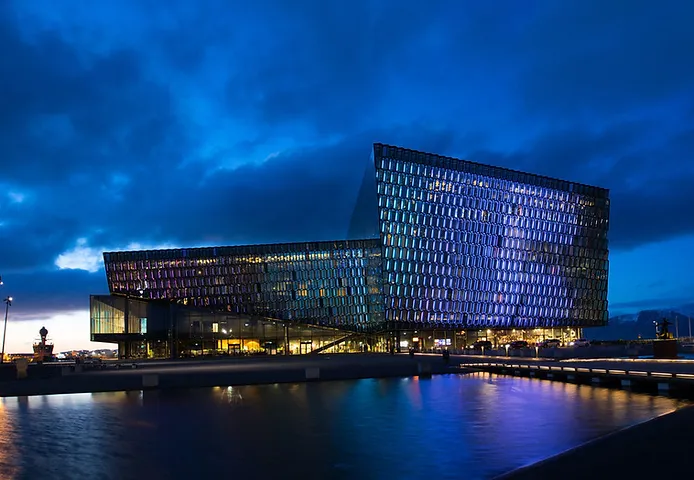
Hallgrímskirkja is perhaps the city’s most iconic landmark. It is a Lutheran church that took 41 years to build, from 1945 to 1986. It’s the largest church in Iceland, at 74.5 meters (244 ft), and can be seen from most spots in Reykjavík. You can pay to enter and explore the church’s interior and head up to the top of the tower. From up there you’ll have a great view of downtown and perhaps the land outside of the city.
Mjölnir MMA is one of the largest MMA gyms in Europe, and is the home of UFC fighter Gunnar Nelson. The building looks exciting and unique, having been built directly into a cliff, and Mjölnir boasts a range of classes. If you want a taste of how the Icelanders stay in shape and learn to fight, pay them a visit.
Hikes
Two great hikes within a short driving distance of the city are definitely worth doing: Esja and Helgafell. Esja is a mountain range situated on the other side of the bay to Reykjavík. It’s easy to see on a clear day and is only a 25km (15 miles) drive from the city center.
There’s a choice of paths with various levels of difficulty, and the hike will take between two and four hours. Some choose to stop when they reach Steinn (translation: stone), which is a big labeled boulder. You can go further than this and summit Esja (at 914 meters/2999 feet), but it gets trickier from here. Chains will assist you in climbing up rocks, and the 360 views will be your reward.
Helgafell is a shorter hike; it’s a small mountain located in Hafnarfjörður, one of the municipalities of the Capital Region. The peak is at 338 meters (1109 feet) and this should take you around one hour. It provides a wonderful view of the whole peninsula and surrounding mountains, so makes for a great fair-weather activity. Helgafell is 20km (12 miles) away from the city center, and there’s plenty of parking at the entrance.
It should be noted that these hikes are best attempted when there hasn’t been recent snowfall. Avalanches are a genuine risk on these mountains, so play it safe.
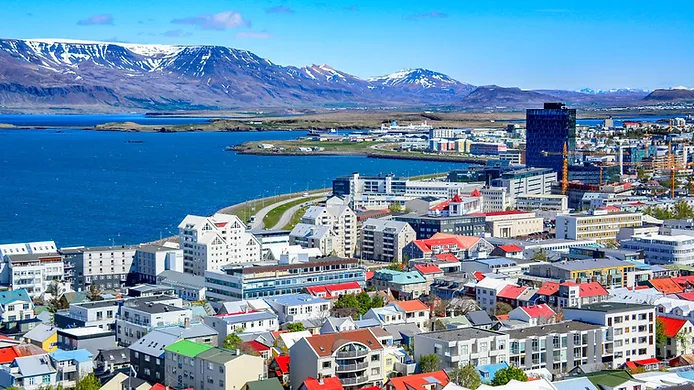
Other Activities in Reykjavík
Since Reykjavík is built next to the ocean, we must not forget about the water activities you can do here. It’s possible to see whales from every part of the Iceland coast, and the capital is no exception. Whale watching tours operate daily from the city’s harbor, and sightings are common. Other boat tours will take you to nearby puffin colonies in the summer, found on smaller islands in the bay. You can also take a quick ferry to Viðey island, a tranquil spot away from the city’s noise and lights.
If you’re taking a stroll around the capital, play a game of seeing how much wall art you can find. The city is dotted with brilliantly crafted paintings on random walls, which might be missed in a hurry. Take it slow and keep looking around you to experience some of the Icelanders’ artistic brilliance.
Pools
After all of these activities, it’s time to relax. Head to one of the city’s seven public pools and rest in the naturally heated water. No matter where you’re staying there’ll be one fairly close to you, but Sundhöllin is a personal favorite. Along with an indoor pool, Sundhöllin contains three outdoor hot tubs, sauna, steam room, and cold tub. The entrance fee is ISK. 1,030 and you can stay for as long as you like.
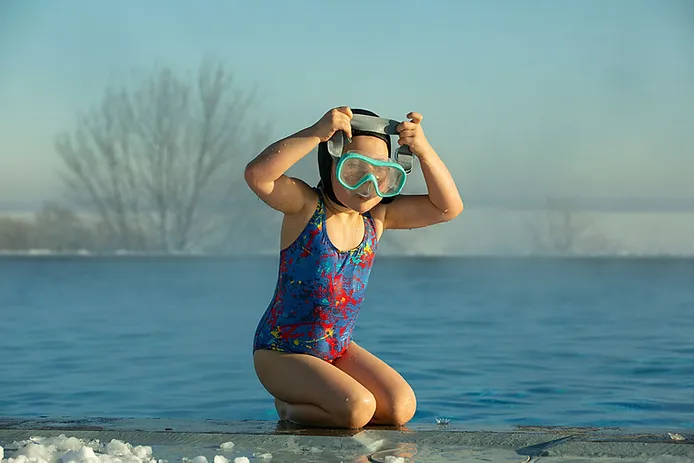
If you’re looking for the next level of relaxation, head to Hydro Flot Spa in the city center. Close your eyes and meditate for an hour in a pod filled with warm water—but without light or sound. This was an extremely profound experience for me and introduced me to my unconscious mind for a while. Hydro Flot would make a perfect end to a fun-filled Iceland adventure.
These are only a few of the city’s highlights; there are plenty of activities when road tripping around Iceland. Be sure to leave at least a day or two to explore Reykjavík. Many tour operators start their journeys from here, and the country’s main highway—Route 1—passes by the city. For a country which has always had so few people, Iceland has developed a rich and complex culture. The land of ice and fire welcomes you to explore.





